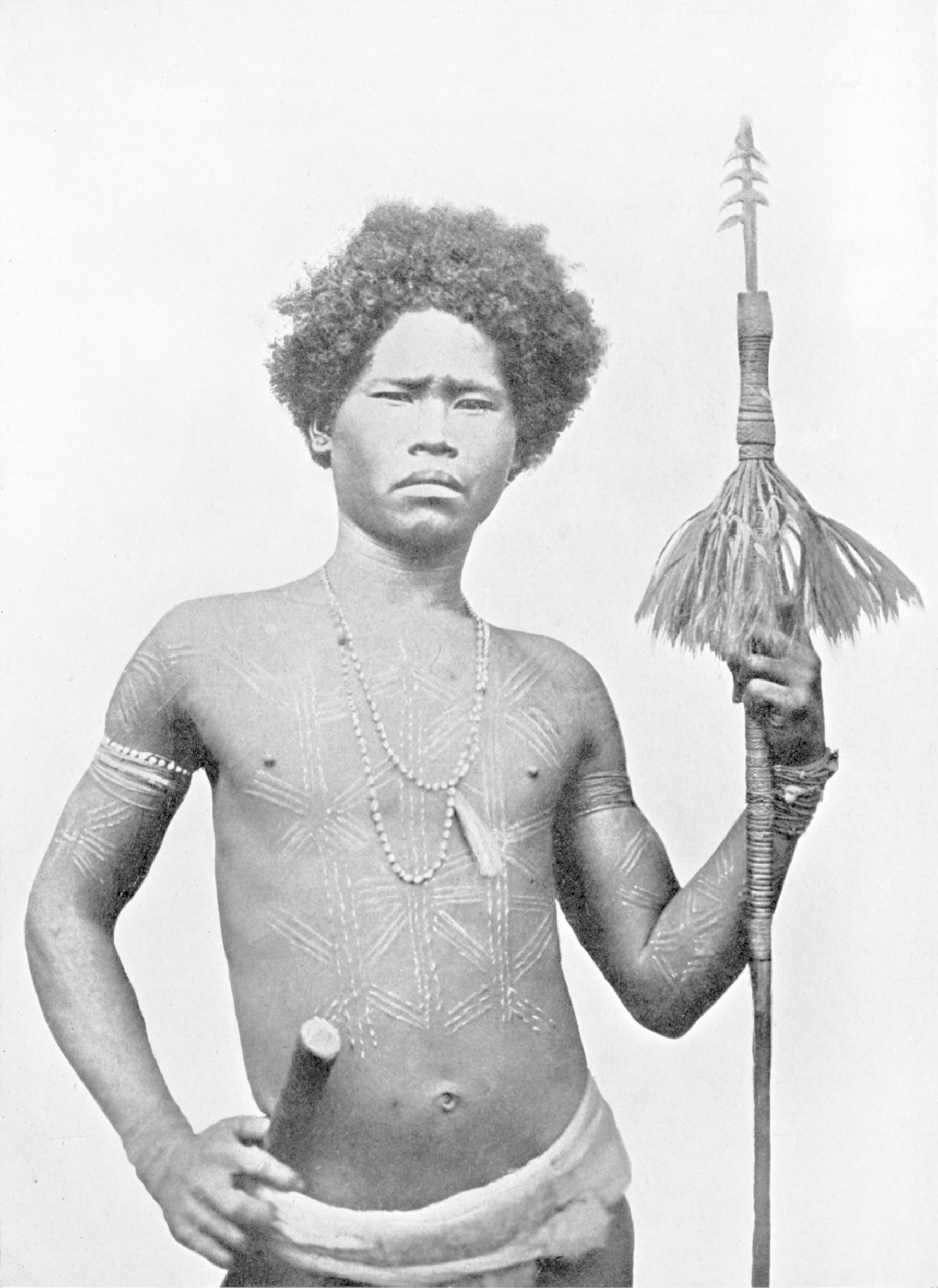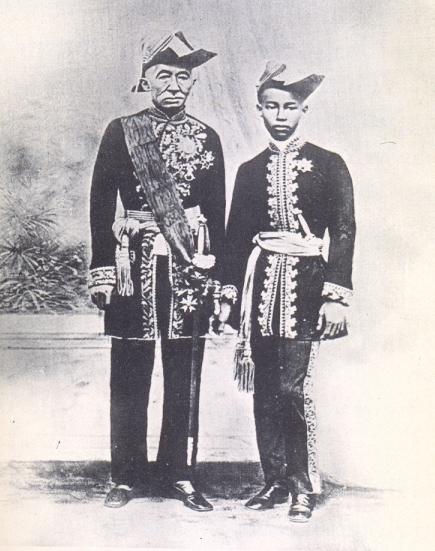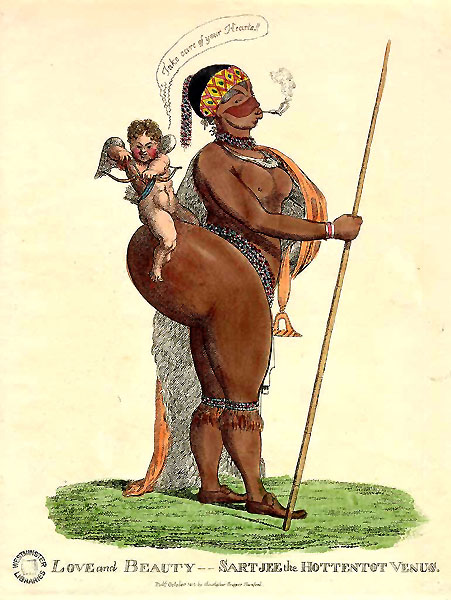|
Mani People
The Maniq or Mani are a Negrito ethnic group of Thailand. They are more widely known in Thailand as the ''Sakai'' (), a controversial derogatory term meaning 'barbarism'. They are the only Negritos in Thailand and speak a variety of related Aslian languages, primarily Kensiu and Ten'edn, which do not have standard writing systems. In Thailand, the Maniq minority live in the southern provinces of Yala, Narathiwat, Phatthalung, Trang, and Satun. Genetics Among the Maniq, balancing selection has been identified in genes relating to olfactory receptors and the immune system (particularly within the HLA region). In the latter case, this selection occurred due to the benefit of genetic diversity in a pathogen-rich environment (such as the rainforests the Maniq inhabit), so as to protect against a wide range of threats. Characteristics The ''Maniq'' are a hunting and gathering society. They build temporary huts of bamboo with roofs made of banana leaves. They hunt many types of ... [...More Info...] [...Related Items...] OR: [Wikipedia] [Google] [Baidu] |
Southern Thailand
Southern Thailand (formerly Southern Siam and Tambralinga) is the southernmost cultural region of Thailand, separated from Central Thailand by the Kra Isthmus. Geography Southern Thailand is on the Malay Peninsula, with an area of around , bounded to the north by Kra Isthmus, the narrowest part of the peninsula. The western part has highly steep coasts, while on the east side river plains dominate. The largest river in the south is the Tapi, in Surat Thani, which, together with the Phum Duang in Surat Thani, drains more than , more than 10 percent of the total area of southern Thailand. Smaller rivers include the Pattani, Saiburi, Krabi, and the Trang. The largest lake in the south is Songkhla Lake ( altogether). The largest artificial lake is the Chiao Lan (Ratchaprapha Dam), occupying of Khao Sok National Park in Surat Thani. The total forest area is or 24.3 percent of provincial area. Running through the middle of the peninsula are several mountain chains, wit ... [...More Info...] [...Related Items...] OR: [Wikipedia] [Google] [Baidu] |
Immune System
The immune system is a network of biological systems that protects an organism from diseases. It detects and responds to a wide variety of pathogens, from viruses to bacteria, as well as Tumor immunology, cancer cells, Parasitic worm, parasitic worms, and also objects such as wood splinters, distinguishing them from the organism's own healthy biological tissue, tissue. Many species have two major subsystems of the immune system. The innate immune system provides a preconfigured response to broad groups of situations and stimuli. The adaptive immune system provides a tailored response to each stimulus by learning to recognize molecules it has previously encountered. Both use humoral immunity, molecules and cell-mediated immunity, cells to perform their functions. Nearly all organisms have some kind of immune system. Bacteria have a rudimentary immune system in the form of enzymes that protect against bacteriophage, viral infections. Other basic immune mechanisms evolved in ancien ... [...More Info...] [...Related Items...] OR: [Wikipedia] [Google] [Baidu] |
Austroasiatic
The Austroasiatic languages ( ) are a large language family spoken throughout Mainland Southeast Asia, South Asia and East Asia. These languages are natively spoken by the majority of the population in Vietnam and Cambodia, and by minority populations scattered throughout parts of Thailand, Laos, India, Myanmar, Malaysia, Bangladesh, Nepal, and southern China. Approximately 117 million people speak an Austroasiatic language, of which more than two-thirds are Vietnamese speakers. Of the Austroasiatic languages, only Vietnamese, Khmer, and Mon have lengthy, established presences in the historical record. Only two are presently considered to be the national languages of sovereign states: Vietnamese in Vietnam, and Khmer in Cambodia. The Mon language is a recognized indigenous language in Myanmar and Thailand, while the Wa language is a "recognized national language" in the de facto autonomous Wa State within Myanmar. Santali is one of the 22 scheduled languages of India. Th ... [...More Info...] [...Related Items...] OR: [Wikipedia] [Google] [Baidu] |
Andamanese
The Andamanese are the various indigenous peoples of the Andaman Islands, part of India's Andaman and Nicobar Islands, the union territory in the southeastern part of the Bay of Bengal. The Andamanese are a designated Scheduled Tribe in India's constitution. The Andamanese peoples are among the various groups considered Negrito, owing to their dark skin and diminutive stature. All Andamanese traditionally lived a hunter-gatherer lifestyle, and appear to have lived in substantial isolation for thousands of years. It is suggested that the Andamanese settled in the Andaman Islands around the latest glacial maximum, around 26,000 years ago. The Andamanese peoples included the Great Andamanese and Jarawas of the Great Andaman archipelago, the Jangil of Rutland Island, the Onge of Little Andaman, and the Sentinelese of North Sentinel Island. Among the Andamanese, a division of two groups can be made. One is more open to contact with civilization and the other is hostile ... [...More Info...] [...Related Items...] OR: [Wikipedia] [Google] [Baidu] |
Aeta
Aeta (Ayta ), Agta and Dumagat, are collective terms for several indigenous peoples who live in various parts of Luzon islands in the Philippines. They are included in the wider Negrito grouping of the Philippines and the rest of Southeast Asia, with whom they share superficial common physical characteristics such as: dark skin tones; short statures; frizzy to curly hair; and a higher frequency of naturally lighter hair colour ( blondism) relative to the general population. They are thought to be among the earliest inhabitants of the Philippines—preceding the Austronesian migrations. Regardless, the modern Aeta populations have significant Austronesian admixture, and speak Austronesian languages. Aeta communities were historically nomadic hunter-gatherers, typically consisting of approximately one to five families per mobile group. Groups under the "Aeta" umbrella term are normally referred to after their geographic locations or their common languages. Etymology The en ... [...More Info...] [...Related Items...] OR: [Wikipedia] [Google] [Baidu] |
King Chulalongkorn
Chulalongkorn (20 September 1853 – 23 October 1910), posthumously honoured as King Chulalongkorn the Great, was the fifth king of Siam from the Chakri dynasty, titled Rama V. Chulalongkorn's reign from 1868 until his death in 1910 was characterised by the modernisation of Siam, governmental and social reforms, and territorial concessions to the British and French empires. As Siam was surrounded by European colonies, Chulalongkorn, through his policies and acts, ensured the independence of Siam. Chulalongkorn was born as the son of Mongkut, the fourth king of Siam. In 1868, he travelled with his father and Westerners invited by Mongkut to observe the solar eclipse of 18 August 1868 in Prachuap Khiri Khan Province. However, Chulalongkorn and his father both contracted malaria which resulted in his father's death. The 1893 Franco-Siamese crisis and Haw wars took place during his reign. All his reforms were dedicated to ensuring Siam's independence given the increasing ... [...More Info...] [...Related Items...] OR: [Wikipedia] [Google] [Baidu] |
Human Zoo
Human zoos, also known as ethnological expositions, were a colonial practice of publicly displaying people, usually in a so-called "natural" or "primitive" state. They were most prominent during the 19th and 20th centuries. These displays often emphasized the supposed inferiority of the exhibits' culture, and implied the superiority of "Western society", through tropes that depicted marginalized groups as "savage". They then developed into independent displays emphasizing the exhibits' inferiority to western culture and providing further justification for their subjugation. Such displays featured in multiple colonial exhibitions and at temporary exhibitions in animal zoos. Etymology The term "human zoo" was not generally used by contemporaries of the shows, and was popularised by the French researcher Pascal Blanchard. The term has been criticised for denying the agency of the shows' non-European performers. Circuses and freak shows The abstract concept of human disp ... [...More Info...] [...Related Items...] OR: [Wikipedia] [Google] [Baidu] |
Nakhon Si Thammarat Range
The Nakhon Si Thammarat Range (, , ) is a mountain range on the Malay Peninsula in southern Thailand, running in a north–south direction. This mountain chain is also sometimes named Banthat Range (ทิวเขาบรรทัด), a name which is however also used to refer to the Chanthaburi mountain range. Location The main range of the peninsula begins along the east coast at about 10° 05′ north latitude on Ko Tao. It continues through Ko Pha Ngan and Ko Samui to the east coast mainland, east of Bandon Bay, and parallels the coast all the way into Malayan territory. Description The mountains are named after the town Nakhon Si Thammarat, located east of the range. The highest elevation is the 1835 m high Khao Luang. This mountain range is a part of the Tenasserim Hills system.Avijit Gupta, ''The Physical Geography of Southeast Asia'', Oxford University Press, 2005. It begins to the east of the Phuket Range, which runs in the same direction about 60 km further w ... [...More Info...] [...Related Items...] OR: [Wikipedia] [Google] [Baidu] |
Titiwangsa Mountains
The Titiwangsa Mountains ( Malay: ''Banjaran Titiwangsa'', ), also known as ''Banjaran Besar'' (lit. 'main range') by locals, is the chain of mountains that forms the backbone of the Malay Peninsula. The northern section of the range is in southern Thailand, where it is known as the Sankalakhiri Range (; RTGS: ''Thio Khao Sankalakhiri''; ). The mountain range acts as a natural divider, dividing Peninsular Malaysia, as well as southernmost Thailand, into east and west coast regions. It also serves as a drainage divide of some major rivers of Peninsular Malaysia such as the Pahang, Perak, Kelantan, Klang and Muar. The length of mountain range is about 480 km from north to south. Geography This mountain range is a part of the wider Tenasserim Hills. It forms the southernmost section of the Indo-Malayan cordillera which runs from Tibet through the Kra Isthmus into the Malay Peninsula. The Titiwangsa Mountains proper begin in the north as the Sankalakhiri Range, a prol ... [...More Info...] [...Related Items...] OR: [Wikipedia] [Google] [Baidu] |
Medicinal Herb
Medicinal plants, also called medicinal herbs, have been discovered and used in traditional medicine practices since prehistoric times. Plants synthesize hundreds of chemical compounds for various functions, including Plant defense against herbivory, defense and protection against insects, fungi, Plant disease resistance, diseases, against parasites and herbivorous mammals. The earliest historical records of herbs are found from the Sumerian civilization, where hundreds of medicinal plants including opium are listed on clay tablets, . The Ebers Papyrus from ancient Egypt, , describes over 850 plant medicines. The Greek physician Pedanius Dioscorides, Dioscorides, who worked in the Roman army, documented over 1000 recipes for medicines using over 600 medicinal plants in , ; this formed the basis of pharmacopoeias for some 1500 years. Drug research sometimes makes use of ethnobotany to search for pharmacologically active substances, and this approach has yielded hundreds of use ... [...More Info...] [...Related Items...] OR: [Wikipedia] [Google] [Baidu] |
Hunting And Gathering Society
A hunter-gatherer or forager is a human living in a community, or according to an ancestrally derived lifestyle, in which most or all food is obtained by foraging, that is, by gathering food from local naturally occurring sources, especially wild edible plants but also insects, fungi, honey, bird eggs, or anything safe to eat, or by hunting game (pursuing or trapping and killing wild animals, including catching fish). This is a common practice among most vertebrates that are omnivores. Hunter-gatherer societies stand in contrast to the more sedentary agricultural societies, which rely mainly on cultivating crops and raising domesticated animals for food production, although the boundaries between the two ways of living are not completely distinct. Hunting and gathering was humanity's original and most enduring successful competitive adaptation in the natural world, occupying at least 90 percent of human history. Following the invention of agriculture, hunter-gatherers who did ... [...More Info...] [...Related Items...] OR: [Wikipedia] [Google] [Baidu] |
Pathogen
In biology, a pathogen (, "suffering", "passion" and , "producer of"), in the oldest and broadest sense, is any organism or agent that can produce disease. A pathogen may also be referred to as an infectious agent, or simply a Germ theory of disease, germ. The term ''pathogen'' came into use in the 1880s. Typically, the term ''pathogen'' is used to describe an ''infectious'' microorganism or agent, such as a virus, bacterium, protozoan, prion, viroid, or fungus. Small animals, such as helminths and insects, can also cause or Transmission (medicine), transmit disease. However, these animals are usually referred to as parasites rather than pathogens. The scientific study of microscopic organisms, including microscopic pathogenic organisms, is called microbiology, while parasitology refers to the scientific study of parasites and the organisms that host them. There are several pathways through which pathogens can invade a host. The principal pathways have different episodic time ... [...More Info...] [...Related Items...] OR: [Wikipedia] [Google] [Baidu] |










